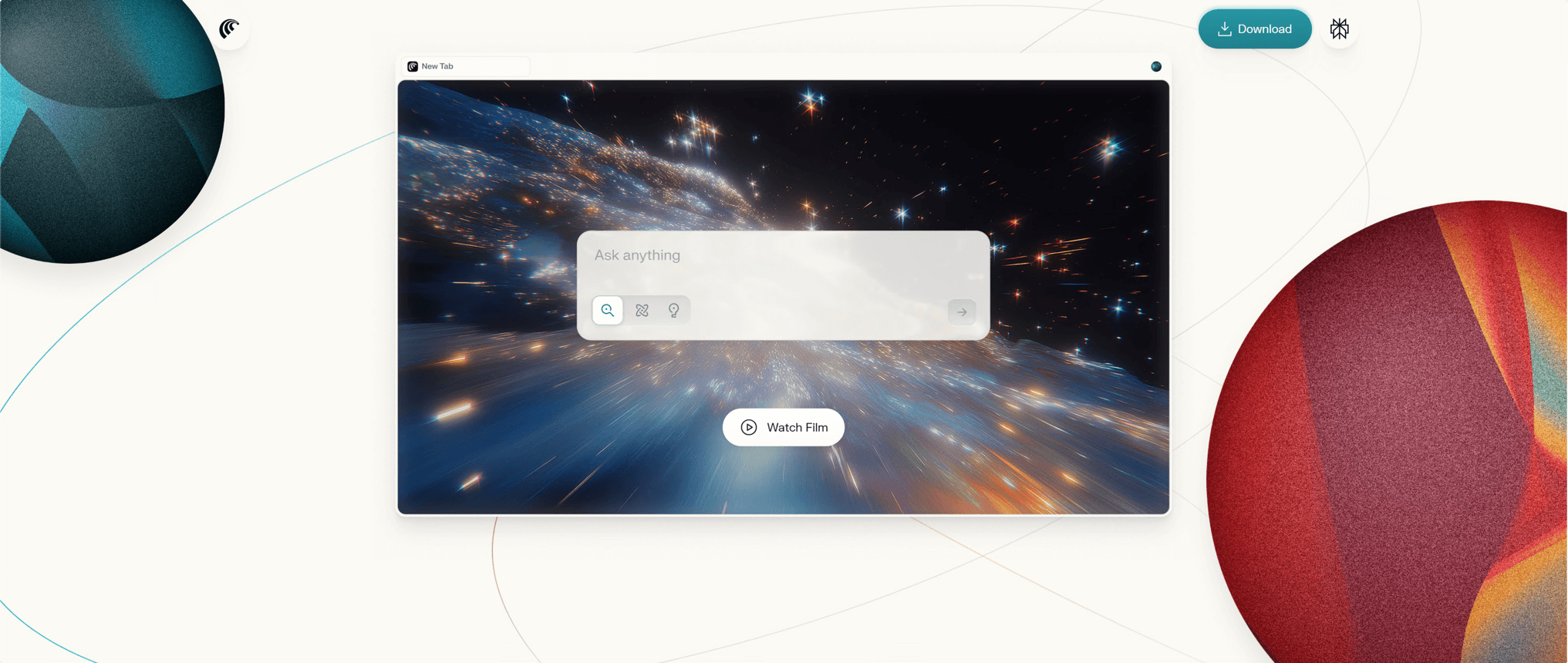Selling a property today means winning a battle for attention online. With 97% of buyers starting their search on sites like Zillow, the first impression is everything. Yet, listings filled with cold, empty rooms often fail to connect with potential buyers, who struggle to envision a space as their future home. This is where AI virtual home staging comes in. It’s a technology that uses artificial intelligence to digitally furnish and decorate photos of empty or outdated properties, transforming them into appealing, move-in-ready spaces in a matter of seconds. This article will explore how this technology boosts property appeal, compare the leading platforms, walk through the user experience, and look at the future of AI in real estate marketing.
It’s a practical solution to a common problem, making professional-level staging accessible, affordable, and incredibly fast.
How Does AI Virtual Home Staging Boost Property Appeal?
AI virtual staging moves beyond simple photo editing; it’s about creating a vision. By filling an empty space with stylish furniture, decor, and lighting, it helps a property tell a story and connect with buyers on a deeper level.
Ultimately, AI-staged photos help buyers see a house as a potential home, not just an empty structure.

Property Visual Appeal
First impressions are formed in seconds. An empty room can feel small and uninspiring, leaving too much to the imagination. Virtual staging instantly solves this by adding furniture and decor that highlight the room’s best features, define its purpose, and create a sense of scale. The technology can turn a drab, vacant living room into a cozy, modern space that invites buyers to look closer. This visual enhancement is critical in a crowded online marketplace where listings with compelling images get significantly more clicks and engagement.
Buyer Emotional Connection
People don’t buy houses; they buy the idea of a life within them. Empty properties make it difficult for buyers to form this emotional bond. In fact, data shows that most buyers struggle to see the potential in a vacant space. Virtual staging bridges this gap by showing them a finished, inviting home.
According to the National Association of Realtors (NAR), 81% of buyers’ agents said staging a home made it easier for a buyer to visualize the property as their future home.
When buyers can see a furnished bedroom or a fully equipped home office, they start to imagine their own lives unfolding there. This emotional resonance is a powerful driver in the decision-making process.
Accelerated Sales Effect
Improved visuals and stronger emotional connections translate directly into tangible business results. Properties that are staged—whether physically or virtually—tend to sell faster and for more money. The data is compelling: staged homes can sell up to 73% faster than their non-staged counterparts. They also command higher offers, with some reports indicating a price increase of up to 25%. By investing a small amount in virtual staging, agents and sellers can significantly increase their return, reduce the time a property sits on the market, and attract more serious offers.
Comparing the Features and Strengths of Different AI Staging Platforms
The market for AI virtual staging tools has grown rapidly, with several platforms offering unique features and pricing models. While they all share the core function of digitally furnishing photos, their approaches, capabilities, and costs can vary.
Choosing the right platform depends on your specific needs, from budget and volume to desired level of customization.

Collov AI’s Features
Collov AI positions itself as a “listing marketing AI agent” built specifically for real estate professionals. It leverages proprietary AI models to deliver photorealistic results in seconds. Its key strength lies in its combination of affordability and advanced features. With prices starting as low as $0.15 per image, it makes staging entire property portfolios financially viable.
“Until recently, virtual staging wasn’t a real alternative,” says Payton Stiewe, an advisor at Engel & Völkers. “It was costly, slow, and often looked artificial. That changed when I found Collov.ai.”
Beyond basic staging, Collov AI offers tools for decluttering rooms, changing wall and floor finishes, and even transforming daytime photos into atmospheric twilight shots. Its focus on compliance, with automatic disclaimers, also helps agents build trust.
InstantDecoAI’s Advantages
InstantDecoAI focuses on simplicity and unlimited access. It operates directly from a web browser with a straightforward four-step process: upload, select, generate, and download. For a flat monthly fee of around $39, users can generate an unlimited number of staged images, making it an excellent choice for agents or designers who need high volume without per-image costs. It also offers over 50 design styles, from Scandinavian to Industrial, giving users a wide creative palette. While the platform notes that results aren’t always perfect on the first try, the ability to regenerate indefinitely provides flexibility.
REimagineHome AI’s Capabilities
Often cited as one of the best overall AI staging tools, REimagineHome AI offers a comprehensive suite of features powered by virtual staging pioneer Styldod. It goes beyond interior staging to include exterior transformations like AI landscaping and rendering 3D sketches. Its capabilities include furnishing empty rooms, removing existing clutter, and completely redesigning furnished spaces. The platform is trusted by major organizations like the California Regional Multiple Listing Service (CRMLS), which provides its users with complimentary credits. This blend of powerful features and industry credibility makes it a top choice for serious professionals.
The Operational Flow and User Experience of AI Virtual Staging
One of the biggest advantages of AI virtual staging is its ease of use. Unlike complex design software, these platforms are built for real estate professionals who are not necessarily tech experts. The entire process, from uploading a photo to downloading a finished image, is designed to be fast and intuitive.
If you can take a photo with your phone, you have all the technical skills needed to use an AI staging tool.

Uploading and Style Selection
The process typically begins by uploading a photo of the room you want to stage. Most platforms accept standard image files (like JPEGs) taken with a smartphone or a professional camera. Once uploaded, you select the room type (e.g., living room, bedroom, kitchen) and choose from a library of interior design styles. This could range from Modern or Minimalist to Bohemian or Coastal. This step allows you to tailor the look and feel of the space to a specific target buyer demographic.
Automated Processing and Fast Rendering
This is where the AI does its work. After you’ve made your selections, the platform’s algorithms analyze the photo’s dimensions, lighting, and perspective. It then digitally places furniture and decor into the scene, ensuring the scale, shadows, and lighting look natural. The entire rendering process is remarkably fast, with most platforms like AI HomeDesign delivering a finished image in about 30 seconds. This near-instant turnaround is a world away from traditional virtual staging services, which can take days.
User Customization and Editing Options
AI doesn’t always get it perfect on the first try. Recognizing this, many platforms offer customization and editing options. Users can often regenerate an image multiple times with different furniture layouts until they are satisfied. Some advanced tools provide more granular control, such as an “item removal” feature to delete a specific piece of AI-generated furniture that doesn’t fit. This iterative process ensures the final image aligns perfectly with the agent’s vision for the property.
Future Trends and Challenges in AI Staging for Real Estate Marketing
AI virtual staging is more than just a passing trend; it’s a foundational technology that is reshaping property marketing. As the AI models become more sophisticated, their capabilities will expand, but this growth also brings new challenges related to ethics and implementation.
The future lies in leveraging AI for efficiency while maintaining the transparency and creative oversight that buyers trust.

Technological Innovation and Market Adoption
The technology is evolving at a breakneck pace. We are already seeing features like multi-view staging, which generates consistent designs from different angles of the same room, and AI-powered video tours. In the future, AI may enable fully interactive virtual tours where buyers can customize furniture and decor in real time. As these tools become more powerful and accessible, their adoption will shift from a competitive advantage to a standard industry practice. Agents who don’t use them may find themselves at a significant disadvantage.
Ethical Compliance and Transparency
With great power comes great responsibility. One of the primary challenges is ensuring that virtual staging enhances a property’s appeal without misrepresenting it. AI can sometimes make a space look “too perfect,” potentially setting unrealistic expectations for buyers.
As one commentator on the technology notes, “always be sure to be honest and transparent about using AI staging in your listings.”
The industry best practice is to always disclose that images have been virtually staged. Leading platforms support this by automatically adding watermarks or disclaimers, helping agents maintain ethical standards and comply with MLS regulations.
The Best Practice of Human-AI Collaboration
While AI is incredibly powerful, it doesn’t have the nuanced understanding of a human designer. The best results often come from a blend of AI’s speed and a professional’s creative eye. For standard listings, an AI tool may be all that’s needed. But for high-end, luxury properties or complex spaces, a hybrid approach works best. Some companies, like AI HomeDesign, offer both an instant AI tool and a service where human designers refine the images. This human-in-the-loop model combines the efficiency of automation with the bespoke quality of expert design.
Conclusion
AI virtual staging has evolved from a niche novelty into an essential tool for modern real estate marketing. It solves a fundamental problem by transforming empty, uninspiring photos into vibrant, appealing showcases that help buyers form an immediate emotional connection. By making professional staging fast, affordable, and scalable, it levels the playing field and empowers agents to present every property in its best possible light. Whether you are an agent looking to enhance your listings or a property owner seeking to maximize the appeal of your space, AI virtual home staging holds the key to unlocking new opportunities and accelerating the sales process. If you’re looking to elevate your property marketing, it might be time to try AI Home Design or a similar platform.
Tools like this won’t fix everything, but they can make things easier.
Sometimes, getting unstuck is just about removing one small barrier.
If this sounds useful to you, Feel Free to Explore the Tool
Here →









